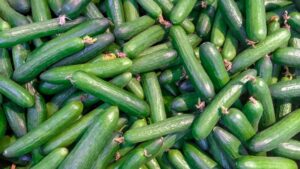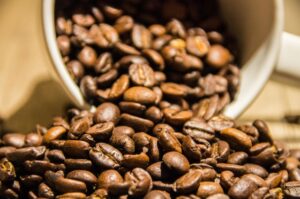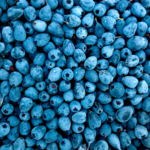Juicing vegetables and fruit became fashionable in the early 2000s. Juicing’s appeal is more than a fad, with everything from green juice to celery juice. According to Statista, the market for juice bars in the United States remained stable at $2.36 billion in 2020.
Which vegetables, however, are the healthiest? The eight finest veggies to juice for optimal health are listed below.
How Can Juicing Help Improve Your Diet?
A vast range of vegetables can be juiced, each with its own set of nutrients and health advantages. To get more vitamins, minerals, and antioxidants in your diet, mix and match vegetables from the list above.
According to short to medium term research, frequent consumption of fruit juices up to 500 milliliters per day has the potential to improve vascular function and lower blood pressure, according to a 2021 evidence review published in Nutrients.
Juicing procedures may affect the antioxidant and phytochemical content of vegetable juices, according to a study published in ACS Food and Technology in 2021. Because there was less heat introduced, researchers discovered that juicing at moderate rates produced more of these beneficial components than juicing at higher speeds. Low speeds also preserve fiber and pulp, which are essential for proper digestion.
If you’re thinking about changing your diet to include juicing, talk to a dietitian first.
Spinach
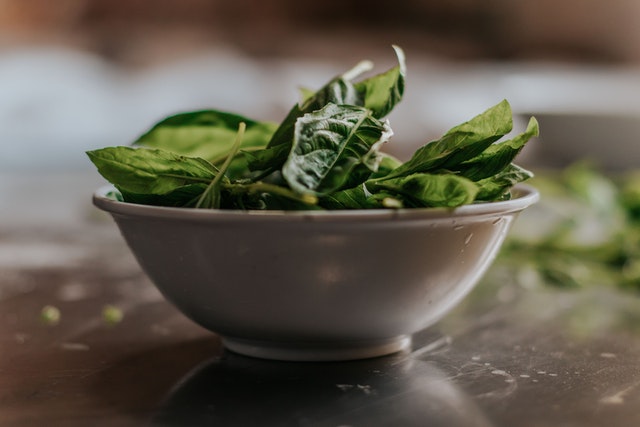
Spinach is an antioxidant-rich leafy green vegetable that contains kaempferol, lutein, and quercetin. It’s also abundant in heart-healthy vitamins A and C, as well as nitrates.
In 27 healthy people, a randomized controlled experiment looked at the effect of spinach, a nitrate-rich food, on arterial stiffness and related hemodynamic parameters. After seven days of spinach consumption, participants’ systolic and diastolic blood pressures were significantly lower. Clinical Nutrition Research published the results in 2015.
Carrots
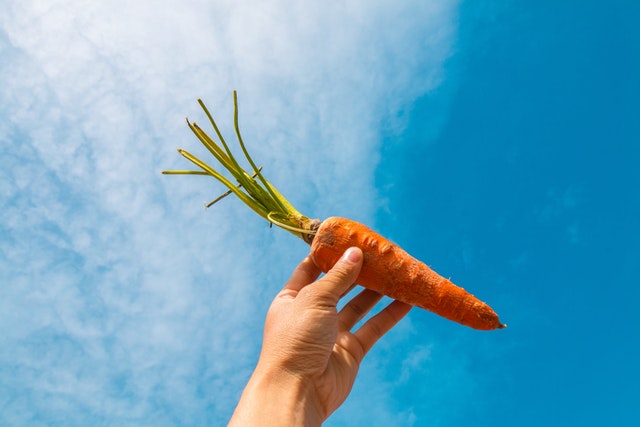
Carrots are naturally sweet and have a low calorie value. Carrots are also abundant in biotin, potassium, and vitamin A, among other nutrients. Carrots are noted for their high carotenoid content, which includes alpha-, beta-, lycopene, and lutein.
According to a review published in the European Journal of Medicinal Chemistry in 2021, such chemicals work as antioxidants in the body, reducing oxidative stress and lowering the risk of heart disease, diabetes, eye disease, and some malignancies.
Carrot juice has a natural sweetness to it that isn’t excessively sugary. Other juiced fruits and vegetables, such as beets, citrus, and ginger, go well with it.
Beets
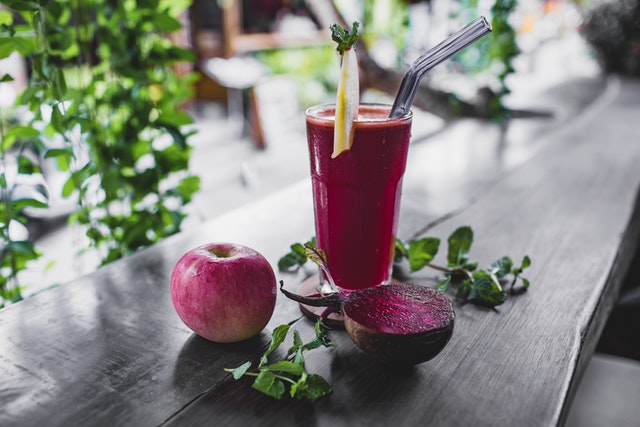
Beets are usually royal maroon in hue, although they can also be white, yellow, or even rainbow in color. As a juiced vegetable, the beetroot is the taproot of the beet plant, which provides a number of health benefits. Manganese and folate are found in abundance in beets. Beets are also high in nitrates, which may help with brain health, physical performance, and blood pressure control.
A randomized controlled experiment conducted in 2019 looked at acute supplementation with nitrate-rich beet juice in 13 younger and 11 older persons who drank 150 milliliters of beetroot juice before going on a 30-minute treadmill walk. While all groups improved, older persons saw particularly significant reductions in diastolic blood pressure. These findings, according to researchers in Nutrients, show that acute beetroot supplementation could benefit cardiovascular health in older persons, according to researchers in Nutrients.
You can juice more than just the taproot of the beet plant. Beet greens, also known as beet greens, are a leafy green that may be juiced and contain a variety of nutrients.
Kale

Kale is high in vitamins A, B6, C, and K, as well as calcium and potassium, and is low in calories. It’s a cruciferous vegetable that’s high in the minerals copper and manganese.
Kale also contains goitrogens, which are naturally occurring chemicals that might prevent iodine from entering the thyroid gland and are frequently referred to as “anti-nutrients.” Iodine is a trace mineral required by the body for the production of thyroid hormones, which aid in regular metabolism. A lack of iodine can cause goiter, which is an enlargement of the thyroid gland.
Beta-carotene, a key antioxidant found in raw kale, neutralizes free radicals that increase the risk of chronic diseases including heart disease.
Drinking kale juice can lower heart disease risk factors like LDL cholesterol, according to an older study published in Biomedical and Environmental Sciences. The study looked at 32 men with high cholesterol levels and found that drinking 150 milliliters of kale juice every day for three months reduced LDL cholesterol by 10% and increased HDL cholesterol by 27%.
Cabbage

Cabbage provides numerous critical elements, including vitamin B6, vitamin C, vitamin K, folate, and manganese, in addition to its high water content.
According to a 2020 study published in Frontiers in Nutrition, it’s categorized as a cruciferous vegetable, like kale and cauliflower, and these are associated to a lower risk of inflammation, heart disease, and diabetes.
Broccoli
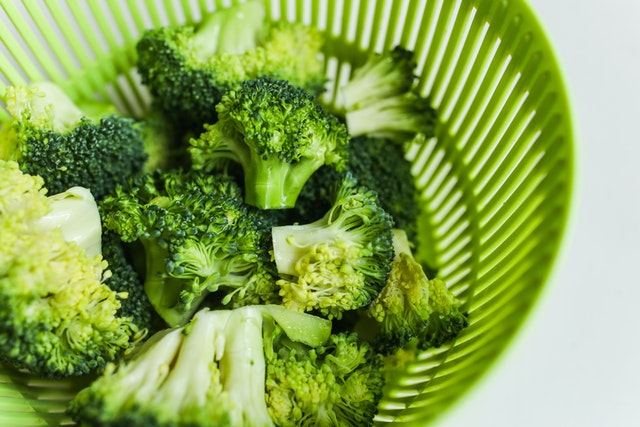
Broccoli has long been regarded as a superfood, and its status as a cruciferous vegetable reflects its abundance of antioxidants and minerals. It’s high in potassium and vitamins A, B6, and C, as well as other vital minerals.
Broccoli includes kaempferol, a flavonoid antioxidant that has been found to protect against diseases associated by inflammation by neutralizing free radicals in the body. According to a study published in the journal Frontiers in Pharmacology in 2021, kaempferol has a neuroprotective effect in conditions like glioblastoma, neuropathic pain, anxiety disorders, Alzheimer’s disease, and Parkinson’s disease, as well as an anti-inflammatory and antioxidant effect.
To reap the neuroprotective advantages of broccoli, include the heads and stems in your green juice recipes.
Tomatoes
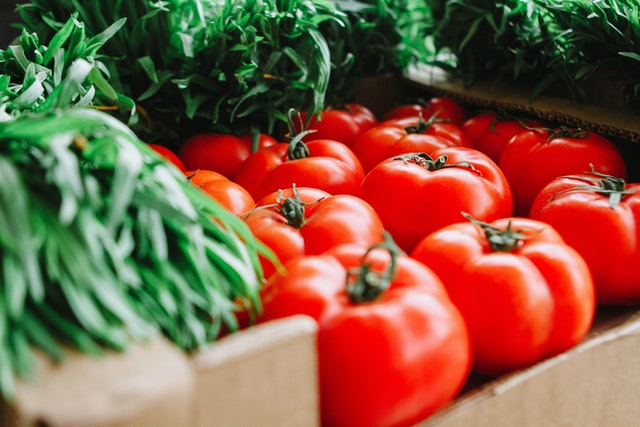
Is a tomato a fruit or a vegetable? Tomatoes are technically the fruit of the tomato plant, but in the kitchen, many people regard them as both a vegetable and a fruit.
Tomatoes are a must-have in the kitchen, especially for robust sauces and soups. Tomatoes, on the other hand, give a delicious flavor to juicing recipes and are high in minerals like folate, potassium, and vitamin C.
According to Harvard Health, lycopene, an antioxidant present in tomatoes, has been associated to a lower risk of stroke, heart attack, type 2 diabetes, and some types of cancer. Tomato juice, in fact, can help to reduce inflammation and speed up your metabolism.
Wheatgrass
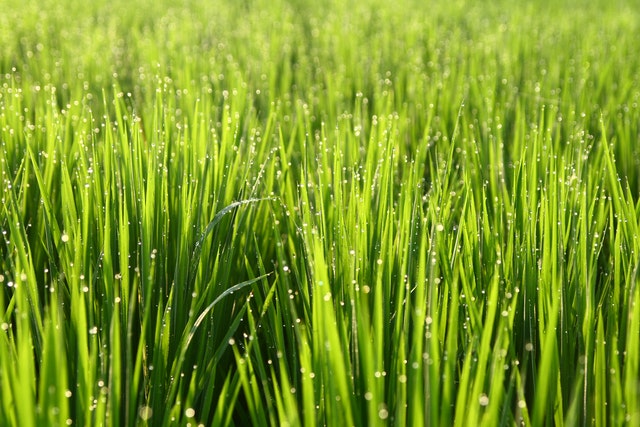
Adding grass to your juicing recipes may seem strange at first, but wheatgrass is a nutrient-dense edible grass that is also classified as a vegetable. Wheatgrass includes 17 distinct amino acids, as well as copper, iron, magnesium, and phosphorus.
According to a 2014 study published in Natural Product Research, methylphophorbide a (MPa) has antioxidative and anticancer properties when isolated from the ethanol extract of the wheatgrass plant. These findings support the traditional use of wheatgrass in the treatment of malignancies, iron-overloaded diseases, and oxidative stress, according to the study.
Replace your morning espresso with a shot of wheatgrass for a nutritional boost. It can be used in almost any juice preparation.




